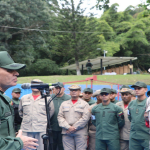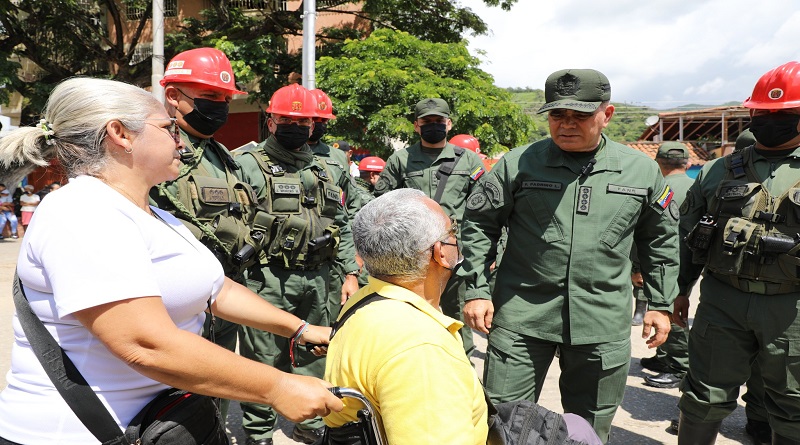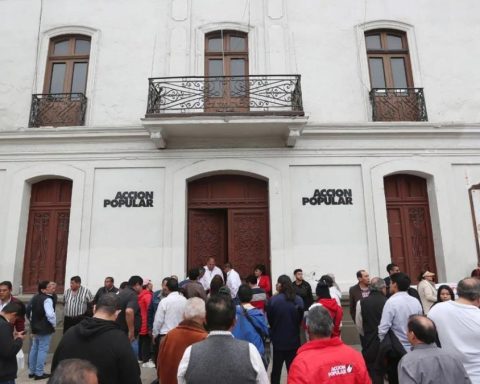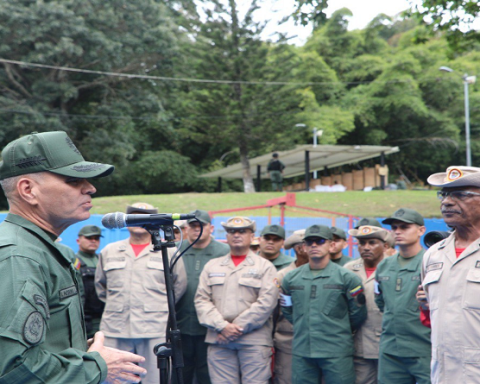Specialists in space technology and in putting satellites into orbit assured that “Argentina has an enormous range of opportunities” in satellite matters, as it is one of the few countries with the technological capacity to put satellites into orbit, although they highlighted the scarcity of human resources to develop these actions.
Representatives of private satellite companies, the state-owned INVAP, the National Commission for Space Activities (CONAE) and Miguel San Martín, the Argentine researcher who works for the United States National Aeronautics and Space Administration (NASA), discussed the perspectives of satellite development in a meeting organized by the Balseiro Foundation held in the city of San Carlos de Bariloche.

The meeting took place during the closing of the program “Ideas Migration 2022”an annual event of the Balseiro Foundation that provides the basis for dialogue between science, culture, education and the business world.
In addition, it sets as its main objective the linking of the world of science and technology with society in general and the private business sector, as a way of making possible the development of projects linked to the knowledge economy.

Miguel San Martín highlighted the importance of investment in science and technology and “the need for interested countries with concrete possibilities for development, such as Argentina, to establish a true state policy on this issue, given that it is extremely importance the continuity in time of these investigations and developments”.
The future of space technology in Argentina
Regarding the future perspectives of technological development in the country, the Argentine researcher from Nasa stressed that Argentina “at the regional level is a leader in many fields related to technology and its professionals enjoy great prestige in the scientific world.”


“I don’t know if the Argentine people realize that the country has that capacity, to put satellites in orbit, in projects that have been in conjunction with NASA. I think that if the Argentine citizens realized the importance of these facts, they could put more pressure, using the mechanisms of democracy to tell their representatives we want more of this“, narrowed.
In addition, he stressed that a window of opportunity is seen for Argentina, in the capacity that exists in companies such as Satellogic and others, which are examples of innovation and that have their business models already international, it is now that the structure of the country is to that more companies like these arise.

For his part, Gabriel Absi, from INVAP, stressed that one difficulty is obtaining trained human resources and that, therefore, this type of initiative, such as the Migration of Ideas program, is essential to motivate young people to study related careers.
In this sense, Josefina Peres, from Conae, highlighted the CANSAT program of the Ministry of Science in order to bring science and technology closer to secondary school students.

San Martin also made a presentation on the Mars Sample Return mission, (return of samples from Mars) that is under development through the vehicle “Perseverance” that in November, as announced by NASA, will collect samples of the Martian soil and whose arrival on Earth is expected in 2033.


















